#palauan
Explore tagged Tumblr posts
Text

Palauan woman, Dee Raya Antonio, Palau, by Miss Palau
#palauan#palau#oceania#micronesia#folk clothing#traditional clothing#traditional fashion#cultural clothing
263 notes
·
View notes
Text
Colors in Ainu! - Ainu itak; iro
retar - white retara - white (Kaminokuni) kunne - black ekurok - true black hure - red kunnehure - brown toine - brown (Kaminokuni) ruhure - pink hukinane - green hukinatomne - green (Saru) kinane - green (Kaminokuni) (kon)kan(e/i) - gold sirokan(e/i )- silver nis iro - light blue siwnin - yellow (historically also blue&green) nikapiro - yellow (Bihoro) sikerpepeus - yellow (Horobetsu) sikerepepeun - yellow (Kaminokuni) katuwa - grey rayoci - rainbow-colored
The traditional Ainu color scheme has four colors; yellow, white, red and black.
The word for "color", iro, is from the same root as the Japanese word for it, 色; Proto-Japonic *erə is the root for both words. Did you know that this word is also the root for the Palauan word chiro meaning the same thing?
#langblr#language#learning#studyblr#ainu#ainu itak#word list#endangered languages#vocab#proto-japonic#palauan#japanese
41 notes
·
View notes
Text
Most commonly spoken language in each country
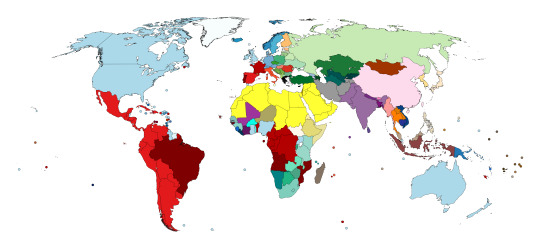

I had to separate the legend from the map because it would not have been legible otherwise. I am aware that the color distinctions are not always very clear, but there are only so many colors in the palette.
The legend is arranged in alphabetical order and languages are grouped by family (bullet points), with branches represented by numbers and followed by the color palette languages within them are colored in, as follows:
Afroasiatic
Chadic (Hausa) — ocher
Cushitic (Oromo and Somali) — light yellow-green
Semitic (from Arabic to Tigrinya) — yellow
Albanian — olive green
Armenian — mauve
Atlantic-Congo
Benue-Congo (from Chewa to Zulu) — blue-green
Senegambian (Fula and Wolof) — faded blue-green
Volta-Congo (Ewe and Mooré) — bright blue-green
Austroasiatic (Khmer and Vietnamese) — dark blue-purple
Austronesian
Eastern Malayo-Polynesian (from Fijian to Wallisian) — dark brown
Malayo-Polynesian (Palauan) — bright brown
Western Malayo-Polynesian (from Malagasy to Tagalog) — light brown
Eastern Sudanic (Dinka) — foral white
Hellenic (Greek) — black
Indo-European
Germanic (from Danish to Swedish) — light blue (creoles in medium/dark blue)
English-based creoles (from Antiguan and Barbudan to Vincentian Creole)
Indo-Aryan (from Bengali to Sinhala) — purple
Iranian (Persian) — gray
Romance (from Catalan to Spanish) — red (creoles in dark red)
French-based creoles (from Haitian Creole to Seychellois Creole)
Portuguese-based creoles (from Cape Verdean Creole to Papiamento)
Slavic — light green (from Bulgarian to Ukrainian)
Inuit (Greenlandic) — white
Japonic (Japanese) — blanched almond
Kartvelian (Georgian) — faded blue
Koreanic (Korean) — yellow-orange
Kra-Dai (Lao and Thai) — dark orange
Mande (from Bambara to Mandinka) — magenta/violet
Mongolic (Mongolian) — red-brown
Sino-Tibetan (Burmese, Chinese*, and Dzongkha) — pink
Turkic (from Azerbaijani to Uzbek) — dark green
Uralic
Balto-Finnic (Estonian and Finnish) — light orange
Ugric (Hungarian) — salmon
* Chinese refers to Cantonese and Mandarin. Hindi and Urdu are grouped under Hindustani, and Bosnian, Croatian, Montenegrin, and Serbian are grouped under Serbo-Croatian.
#langblr#lingblr#spanish#english#french#german#catalan#russian#mandarin#hausa#somali#arabic#albanian#armenian#swahili#ewe#moore#wolof#vietnamese#samoan#palauan#malay#dinka#greek#tok pisin#hindustani#persian#haitian creole#papiamento#greenlandic
57 notes
·
View notes
Text
Vocabulary in the some languages of Austronesian (Formosan, Malayo-Polynesian).
#languages#culture#vocabulary#austronesian#formosan#malay languages#tagalog#visayas#mindanao#luzon#indonesian#timoris#palauan#guam#micronesian#polynesian
1 note
·
View note
Note
HEEEEEY!!!! Can I get a fish, please? :D
Sure buddy :)

You get a Palauan Primitive Cave Eel
Protanguilla palau
101 notes
·
View notes
Text
This “reading a book from every country” this is wild because some of them are so small and SO hard to find stuff for - like I’m not willing to pay £200+ for a rare copy of an out of print book of the ONLY English translation the ONLY known author from a particular country has, and you end up in a deep dive until you find that some random on Twitter has posted every single one of said author’s poems on their feed ten years ago for reasons unknown, and it saves u from having to skip a country entirely.
#so far the only one i really can't find a fucking thing for is vatican city#craig suggested the bible bc he's a pisser#i spent my night last night dredging up palauan poetry#it was VERY good tho and very worth the hunt#the internet archive has been a blessing here too
0 notes
Text
Shoutout to all Pacific Islander LGBTQ+ folks.
Shoutout to all Native Hawaiian LGBTQ+ folks.
Shoutout to all Samoan LGBTQ+ folks.
Shoutout to all Tokelauan LGBTQ+ folks.
Shoutout to all Tuvaluan LGBTQ+ folks.
Shoutout to all Tahiti LGBTQ+ folks.
Shoutout to all Tongan LGBTQ+ folks.
Shoutout to all Guamanian LGBTQ+ folks.
Shoutout to all Chamorro LGBTQ+ folks.
Shoutout to all Mariana Islander LGBTQ+ folks.
Shoutout to all Carolinian LGBTQ+ folks.
Shoutout to all Palauan LGBTQ+ folks.
Shoutout to all Yapese LGBTQ+ folks.
Shoutout to all Chuukese LGBTQ+ folks.
Shoutout to all Pohnpeian LGBTQ+ folks.
Shoutout to all Kosraean LGBTQ+ folks.
Shoutout to all Marshallese LGBTQ+ folks.
Shoutout to all Fijian LGBTQ+ folks.
Shoutout to all Papua New Guinean LGBTQ+ folks.
Shoutout to all Solomon Islander LGBTQ+ folks.
Shoutout to all Māori LGBTQ+ folks.
Shoutout to all Rapa Nui LGBTQ+ folks.
Shoutout to Uvean and Futunan LGBTQ+ folks.
Shoutout to all Cook Islander LGBTQ+ folks.
Shoutout to all Kiribati LGBTQ+ folks.
Shoutout to all West Papuans LGBTQ+ folks.
Take pride in it all. Your culture, your identity, it’s all so beautiful. Celebrate where you are from and who you are. It makes you you, and that is something to be proud of.
Post for Asians, post for Middle Easterners, post for Oceanic folks, post for Hispanics , post for Africans, post for Native Americans, post for Caribbeans
#mental health#positivity#self care#mental illness#self help#recovery#pacific islander#lgbt#lgbtq representation#lgbt positivity#lgbtq#lgbtq community#lgbtqia#lesbian#wlw#sapphic#bi#bisexual#trans#transgender#gay#trasnmasc#transfem#asexual#aromantic#intersex#aroace#queer#nonbinary#gender-fluid
453 notes
·
View notes
Note
How many languages can you name off the top of your head?
German, Yiddish, Low German, Frisian, Dutch, Flemish, French, Breton, English, Manx, Welsh, Scots, Scottish Gaelic, Irish, Occitan, Catalan, Valencian, Aragonese, Spanish, Galician, Portuguese, Italian, Romansh, Danish, Icelandic, Norwegian, Swedish, Polish, Belarusian, Ukrainian, Russian, Bulgarian, Hungarian, Czech, Slovak, Romanian, Moldovan, Macedonian, Montenegrin, Croatian, Bosnian, Albanian, Serbian, Greek, Turkish, Kurdish, Slovenian, Finnish, Lithuanian, Sorbian, Latvian, Estonian, Sami, Romani, Ladino, Georgian, Armenian, Azerbaijani, Arabic, Hebrew, Aramaic, Farsi, Turkmen, Tajik, Uzbek, Kazakh, Kyrgyz, Circassian, Dari, Pashto, Urdu, Hindi, Punjabi, Bengali, Marathi, Sinhala, Malayalam, Kannada, Tamil, Telugu, Assamese, Nepali, Bhutanese, Burmese, Thai, Hmong, Khmer, Karen, Lao, Vietnamese, Tagalog, Hiligaynon, Cebuano, Indonesian, Javanese, Malay, Mandarin, Cantonese, Mongolian, Korean, Japanese, Ainu, Tok Pisin, Dyirbal, Noongar, Maori, Samoan, Palauan, Hawaiian, Tlingit, Haida, Lushootseed, Tsimshian, Hopi, Navajo, Lakota, Mohawk, Cherokee, Cree, Ojibwe, Potawatomi, Blackfoot, Fox, Mikmaq, Aymara, Quechua, Guarani, Inuktitut, Ocaina, Mapudungun, Tamazight, Tigrinya, Amharic, Oromo, Twi, Igbo, Fon, Yoruba, Afrikaans, Ndebele, Sotho, Tswana, Zulu, Xhosa, Herero, Lingala, Swahili, Somali, Kikuyu, Bambara
I'm soooo sure I forgot a lot of really obvious ones and it's an embarrassingly small list but I'm also listening to an audiobook at the same time. I'm also erring on the side of caution when it comes to dialect continuums.
23 notes
·
View notes
Text

Silly lil trend so I'm adding Palauan Miku ^_^ by draininkiss
32 notes
·
View notes
Text
Палау — миниатюрный рай на Земле.
Palau is a miniature paradise on Earth.



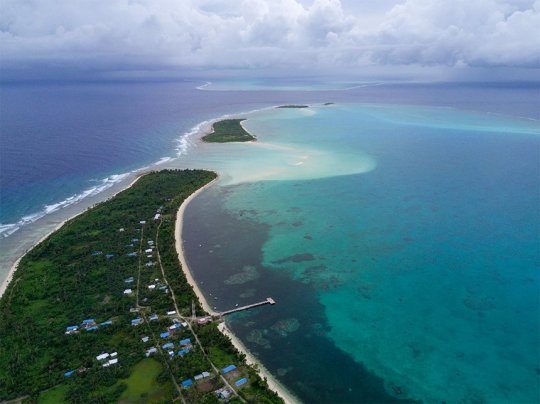
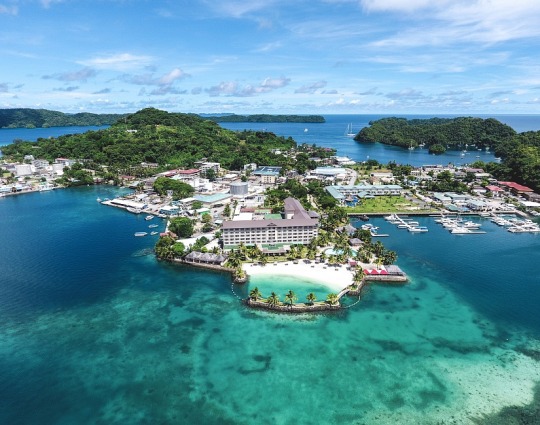
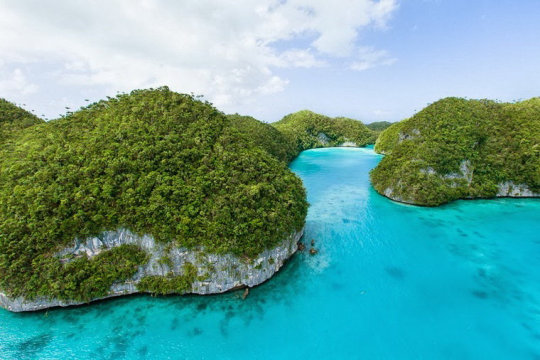
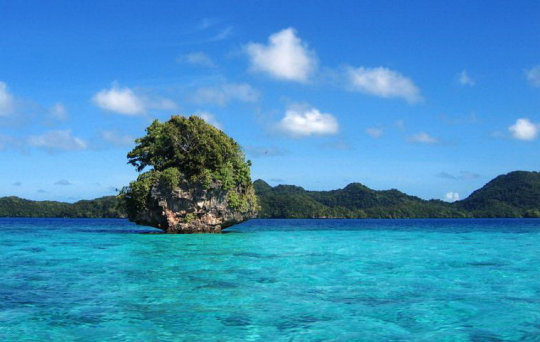
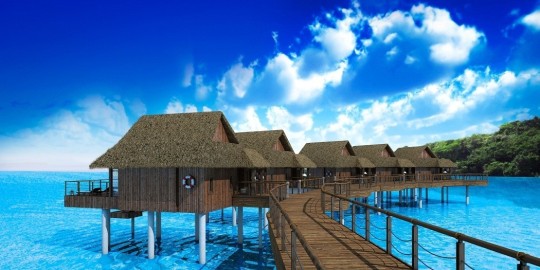
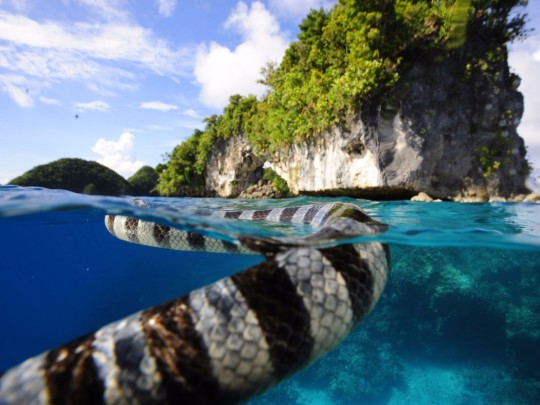


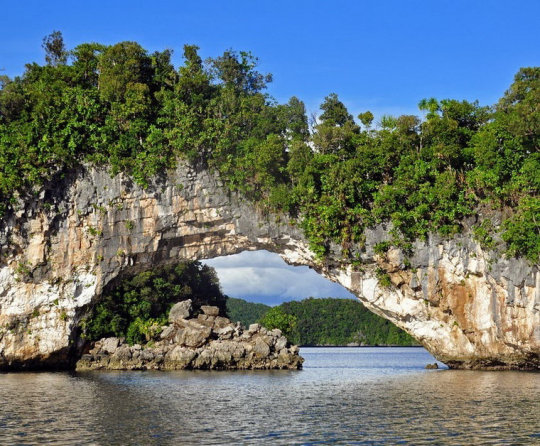
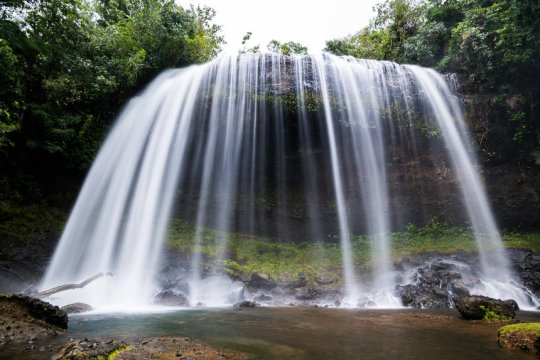
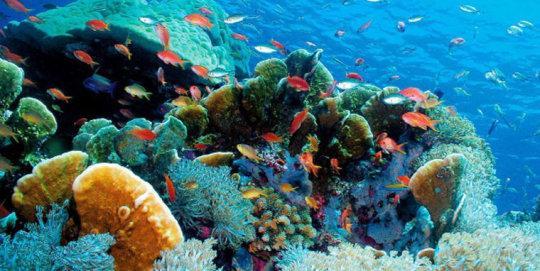



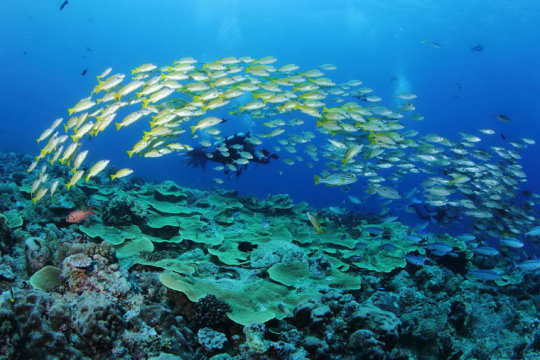
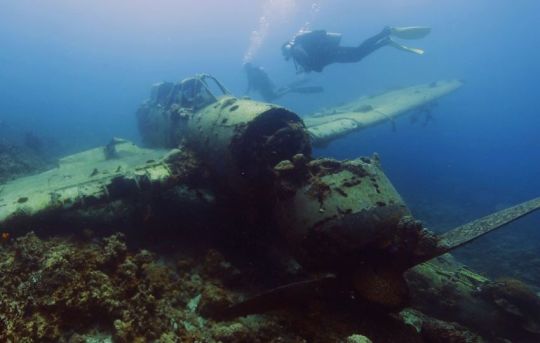
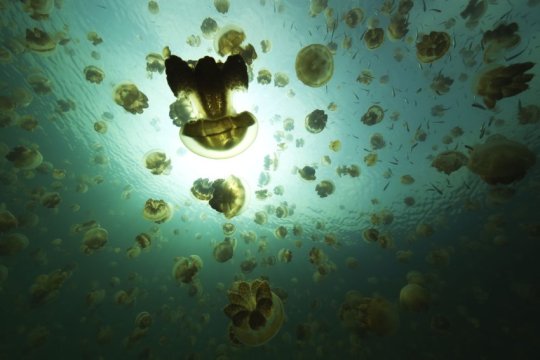
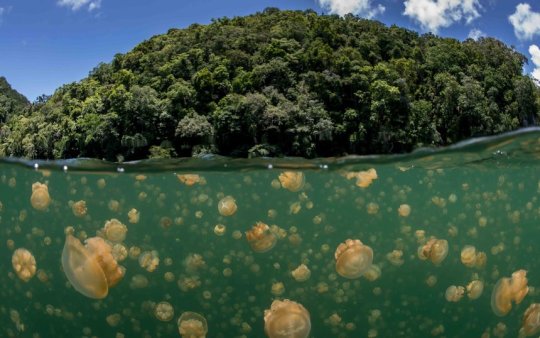
Республика Палау (Palau) — это островное тихоокеанское государство, ближайшими соседями которого являются Филиппинские острова (Philippines) и Индонезия (Indonesia).
На островах преобладает влажный экваториальный климат. Поэтому они просто утопают в тропической зелени,большинство из островов необитаемы, и только на некоторых имеется постоянное население. Коренных жителей, всего 21 000 человек, представлены местными племенами, большинство из которых владеет английским и языком палау.
Оправляться путешествовать в этот кусочек рая можно круглогодично. Температура воздуха постоянна (+24-+28 °C) и только в период с июня по октябрь возможна частая смена погоды. В группе Палау насчитывается свыше трехсот островов, большая часть которых объявлена заповедниками. Знамениты они, например, озером медуз, где этих самых медуз больше, чем каких-либо других водных обитателей. Здесь же находится единственный в мире акулий заповедник. Подводный мир Палау за многообразие признан чудом света. Найти там можно не только морских жителей, но и огромное количество затонувших судов, а также сбитых самолетов. Коралловое побережье изрезано отрытыми для посещения пещерами.
Палау является идеальным местом для дайвинга, рыбалки, водных видов спорта, пеших прогулок и небольших путешествий по территории островов с живописнейшей природой.
The Republic of Palau is a Pacific island country whose closest neighbors are the Philippines and Indonesia.
The islands have a humid equatorial climate. Therefore, they are simply buried in tropical greenery, most of the islands are uninhabited, and only a few have a permanent population. The indigenous people, 21,000 in total, are represented by local tribes, most of whom speak English and Palauan.
You can travel to this piece of paradise all year round. The air temperature is constant (+24-+28 °C) and frequent weather changes are possible only from June to October. There are over three hundred islands in the Palau group, most of which are declared nature reserves. They are famous, for example, for the lake of jellyfish, where there are more jellyfish than any other aquatic inhabitants. The world's only shark sanctuary is also located here. The underwater world of Palau is recognized as a wonder of the world for its diversity.
You can find there not only marine inhabitants, but also a huge number of sunken ships, as well as downed aircraft. The coral coast is indented with caves open to the public. Palau is an ideal destination for diving, fishing, water sports, hiking and short island trips with stunning natural beauty.
Источник: //t.me/bestplacesontheplanet ,//triplook.me/ru/countries/palau,
/diletant.media/articles/31062594/, //cattur.ru/palau,
//mishka.travel/blog/index/node/id/4068-palau/,
//dzen.ru/a/XFrRF2DgNACtMkkR?experiment=931376,
/www.dive.ru/blog/palau-skazka-v-tihom-okeane,
//www.vsedostoprimechatelnosti.ru/avstraliya-i-okeaniya/palau.html
#Palau#nature#nature video#tropics#megaliths#waterfall#marine life#ocean view#ocean#jellyfish#tropical fish#wonderful#nature aesthetic#Палау#видео#природнаякрасота#природа#тропики#мегалиты#медузы#океан#рыбы#водопад
83 notes
·
View notes
Text
In the 2020 United States Census, the largest ethnic group were the native Chamorros, accounting for 32.8% of the population. Asians, including Filipinos, Koreans, Chinese, and Japanese, accounted for 35.5% of the population. Other ethnic groups of Micronesia, including those of Chuukese, Palauan, and Pohnpeians, accounted for 13.2%. 10% of the population were multiracial, (two or more races). European Americans made up 6.8% of the population; 1% are African Americans, and 3% are Hispanic; there are 1,740 Mexicans in Guam, and there are other Hispanic ethnicities on the island. The estimated interracial marriage rate is over 40%.
8 notes
·
View notes
Text
Please reblog for a bigger sample size!
If you have any fun fact about Palau, please tell us and I'll reblog it!
Be respectful in your comments. You can criticize a government without offending its people.
23 notes
·
View notes
Note
hello! i've just discovered this blog and am very excited about all the words here, as someone who is interested in learning hawaiian (the music is so beautiful...) do u know some other good resources to look at for pronounciation, verb conjugation and hawaiian history? where do u source all of these words? do u have some info you'd like to share about hawaii regarding stereotypes and misconceptions?
I'm glad that my WOTD series has been helpful for you! I've been meaning to be more active on here and starting it back up again for a while now 😅
My source for vocab words is this English-Hawaiian and Hawaiian-English dictionary (https://www.trussel2.com/HAW/eng-a.htm)*. I also have a physical copy of the Pukui & Elbert dictionary (which is one of the main sources for this combined dictionary), although I tend to prefer the online one since it's much quicker to find specific words. The Trussel page for Hawaiian also has topical subsets (https://www.trussel2.com/HAW/topical.htm), which you can use to create themed vocab sets for practice.
For pronunciation, it's hard for me to give tips since I learned it by just getting exposure to the sounds while I was growing up, but the resource I use for grammar does have a brief introduction to pronunciation guidelines (https://hawaiian-grammar.org/current/#h.35nkun2). The best way to improve your pronunciation is probably to just listen to people speaking Hawaiian a lot, though. Continuing to listen to Hawaiian music would probably be helpful for learning pronunciations!
Hawaiian grammar is deceptively simple, but can be pretty difficult to learn from an English-speaking perspective because of how different the rules are. To give just one example, Hawaiian doesn't have adjectives or adverbs in the same way as languages like English or Spanish do. Instead, stative verbs, which refer to a state of affairs, rather than to an action, event, or process, are used. For example, in the sentence "Ua maʻi ʻo ia" meaning "He is sick", where "maʻi" is the stative verb meaning "to be sick" but used to represent the adjective "sick". Verbs also don't actually conjugate at all in Hawaiian. You add verb markers (māka painu) to indicate tense and mood, but the verb itself doesn't change. In the previous sentence, the verb marker "ua" is used to show that becoming sick is a completed action.
There's so many resources out there for learning about Hawaiian history that it's difficult to choose any in particular, but to keep it brief I'll just recommend a couple books. The first one is "Hawaiʻis Story by Hawaiʻis Queen" by Queen Liliʻuokalani. The second is "Aloha Betrayed: Native Hawaiian Resistance to American Colonialism" by Noenoe K. Silva.
I can't think of any specific stereotypes or misconceptions off the top of my head, but I definitely think that certain parts of Hawaiian history aren't very well known outside of the islands. One of these things is the history of how Hawaii became a state in the first place. Unlike most other states prior to becoming part of the US, the Hawaiian Kingdom was a recognized sovereign nation. It was illegally annexed in a coup d'état in 1893 in which Queen Liliʻuokalani was overthrown. After being deposed, Queen Liliʻuokalani was held in her home, ʻIolani Palace, under house arrest. (An actual fun fact to finish this out though is that ʻIolani Palace is the only royal palace on US soil!)
*For anyone interested in other Austronesian languages, trussel2.com also has dictionaries for Kiribati, Marshallese, Mokilese, Palauan, Pohnpeian, and Yapese!
9 notes
·
View notes
Text
Happy Palauan presidential election day. And nothing else of importance
3 notes
·
View notes
Text
Sound Change of the Day - 2024 March 24
/ʀ/ becomes /r/ before dental consonants, and /s/ otherwise.
(Proto-Malayo-Polynesian to Palauan)
#conlang#conlanging#phonology#conlang phonology#sound change#phonological change#sound shift#phonological shift
4 notes
·
View notes
Text
Daily fish fact #792
Palauan primitive cave eel!

This eel species was discovered in a single cave in a single reef off the coast of Palau in 2009. This single species is a sister group to all other extant eels, having diverged from all others 200 million years ago! It retains several primitive features like a retained pseudobranch (the very first reduced gill arch), certain jaw bones, distinct caudal fin rays and toothed gill rakers, some features being even more primitive than those found in eel fossils from the Cretaceous!
#fish#fish facts#fishfact#fishblr#marine biology#marine animals#marine life#sea animals#sea creatures#sea life#zoology#biology#eel#eels#palauan primitive cave eel
225 notes
·
View notes